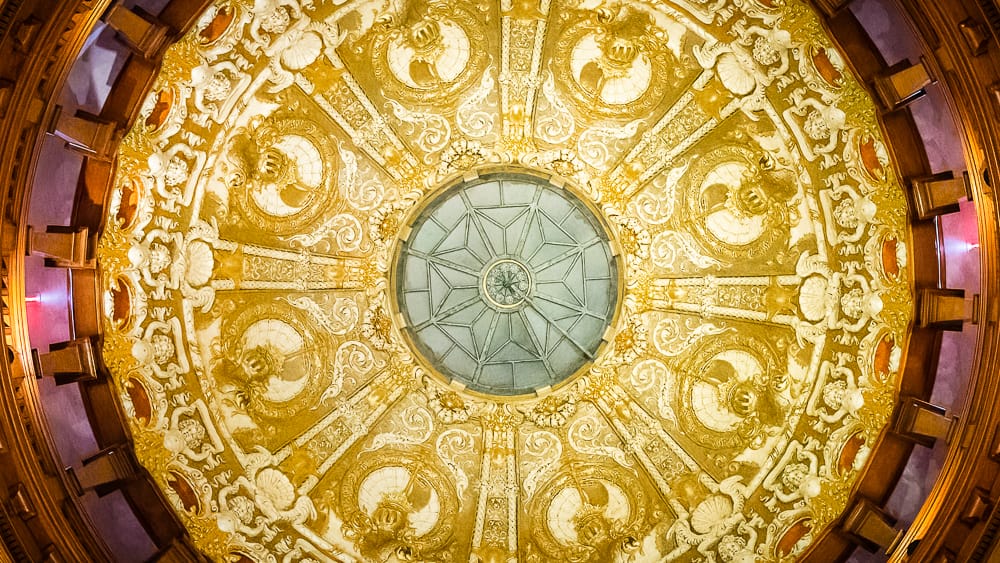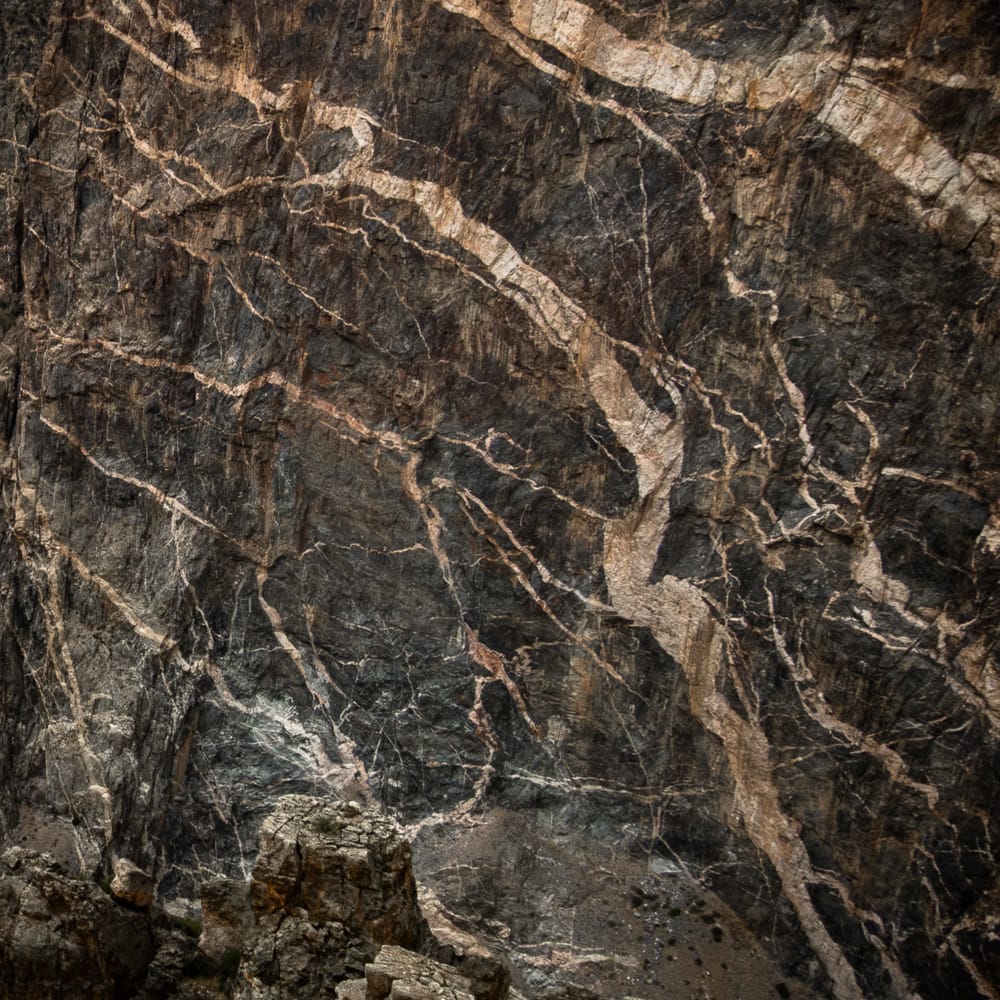
Dec 04 2024
Flagler College: Gilded Age Ceiling
Nestled in St. Augustine, Florida, Flagler College was originally built as a luxury hotel by industrialist Henry Flagler in 1888, now it's a National Historic Landmark, and a testament to the grandeur of the Gilded Age.
The ceiling of the grand rotunda in Ponce de León Hall is a dazzling display of artistic brilliance. Designed by Louis Comfort Tiffany, a celebrated artist and glassmaker, the ceiling features intricate patterns of gold leaf, stained glass, and hand-painted murals. Tiffany is known for his innovative use of light and color.
At the center of the ceiling is an elegant stained-glass dome, which allows natural light to filter through, illuminating the golden accents and vibrant hues of the surrounding designs. The dome is framed by intricate woodwork, enhancing its visual appeal and creating a sense of depth and majesty.

Symbolism in Every Detail
The ceiling’s ornate decoration is not just visually stunning but also rich in symbolism. Surrounding the dome are painted panels depicting figures that represent the arts, sciences, and humanities, reflecting the intellectual and cultural aspirations of the Gilded Age. Musical instruments, floral motifs, and mythological themes are woven into the design, emphasizing the building’s dual role as a place of luxury and enlightenment.
A Legacy of Innovation
The Ponce de León Hotel, now Flagler College, was one of the first buildings in the United States to be constructed with poured concrete and equipped with electricity. The combination of cutting-edge technology and Tiffany’s artistic vision made the ceiling a marvel of its time. The integration of natural light and gilded embellishments created a space that was both functional and awe-inspiring.
Learn more at the Flagler College website.

